Can you use a robot vacuum if you have pets that shed?
Is it an automated cleaner or a mechanical menace?
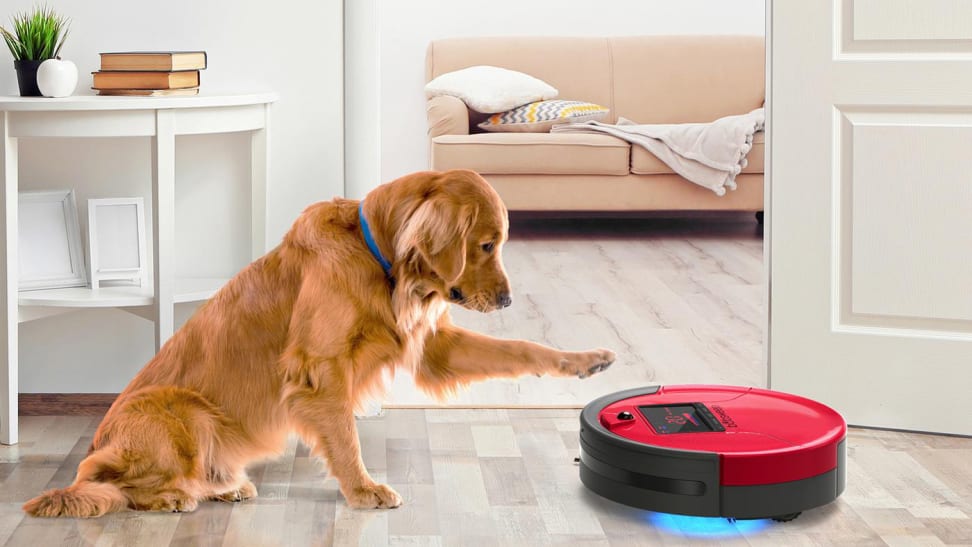 Credit:
Bobsweep
Credit:
Bobsweep
Products are chosen independently by our editors. Purchases made through our links may earn us a commission.
The best way to tell if someone owns a dog is to look at what they wear every day. If the answer is "anything that matches my pet's hair," then they probably have a dog or cat at home. The struggle is real. One question we get asked a lot is: Can a robot vacuum help?
The short answer is yes—but there are things you should know before purchasing an automated cleaner to help turn the tide in your battle against pet hair. We've been testing robot vacuums for years—and have done specific research on the best robot vacuums for pet hair—so we've got answers to the most common issues.
How can you tell if a robot vacuum is good for pet hair?
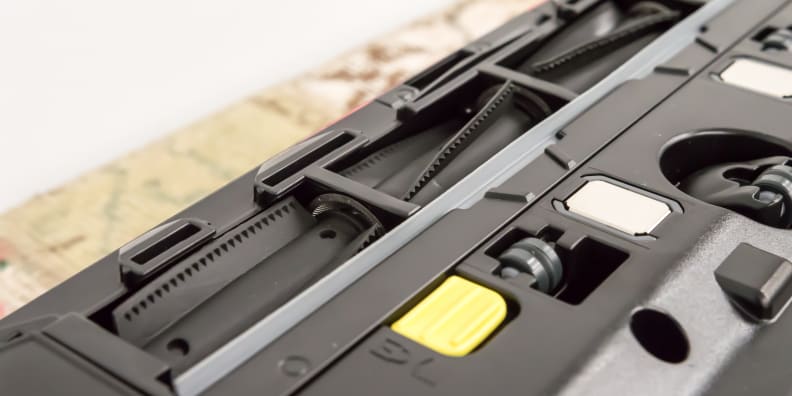
A wide brush allows a robot vacuum to more easily deal with large clumps of hair.
For the most part, every robot vacuum we've ever tested dealt with pet hair just fine, so finding the right one can be tricky. The most important thing we noticed in our testing is that robot vacuums with wide brush heads—similar to those full-sized vacuums—tend to deal with large clumps of hair better. When we tested the Samsung Powerbot R7070 we found that it was really good at picking up pet hair even if it was embedded in our high-pile carpet.
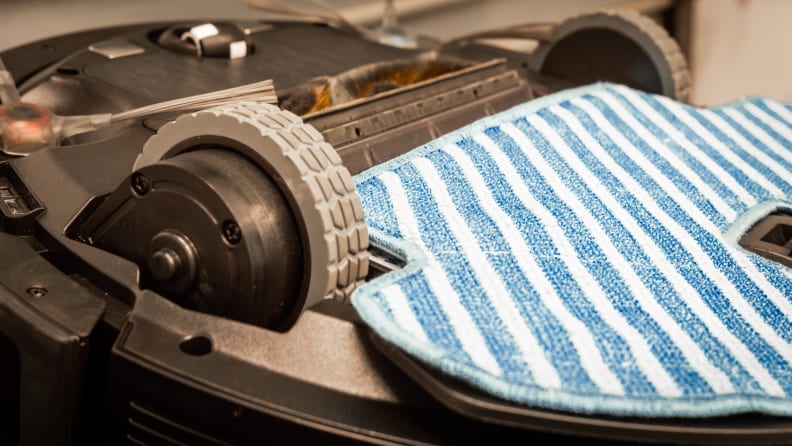
You can attach dry mops to the Ozmo 601 to help deal with sticky pet hair.
Now, dogs don't just shed in large clumps, especially if they're not a breed that undergoes a seasonal coat change. They also lose smaller amounts of their as they move about. That situation is a lot more tricky for a robot vacuum. With today's technology, robot vacuums lack the suction power and elbow grease of full-sized units.
In that case, we'd suggest a robot vacuum with a dry mop attachment. We've reviewed models like the Ecovacs Deebot Ozmo 601 that basically have a dusting cloth on the bottom as well as the standard brushes.
Of course, that isn't the only issue you may confront if you want to bring a robot vacuum into your pet-friendly home.
How to keep robot vacuums from causing a mess
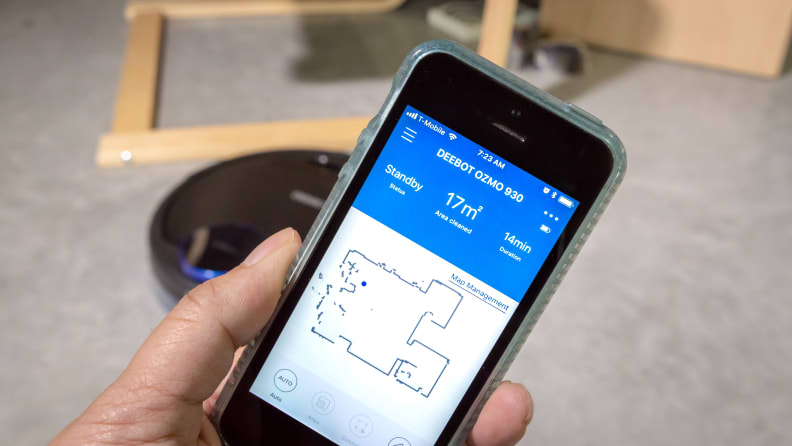
Companys like Neato, Ecovacs, and iRobot all have models that allow you to create virtual barriers to limit their mischief.
It used to be that robot vacuums went around rooms haphazardly in an effort to eventually clean an entire room. The problem was that they'd bump into everything. This could damage your furniture, but it also meant they could knock over pet bowls and run up onto doggy beds.
Nowadays, robot vacuum makers have come up with some clever solutions. Some models, like the Eufy Robovac 30C, come with magnetic strips you lay on the ground. The issue is that you have to put them out every time you run a cleaning cycle.
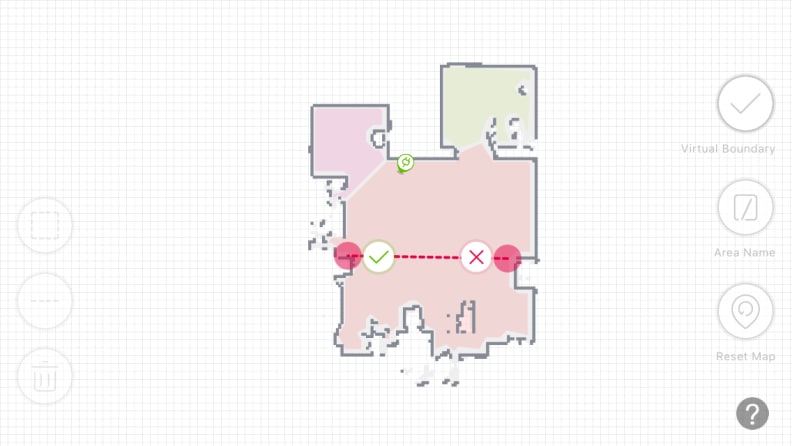
The 21st-century solution to robot vacuums running amok? Digital maps on which you can draw no-go lines. We've tested several models that have this feature. Our overall favorite robot vacuum for pet owners right now is the Neato Botvac D7, which offers one of the best implementations of this feature, giving you the ability to limit your vacuum's travels to areas outside your dog's domain.
What about poop?
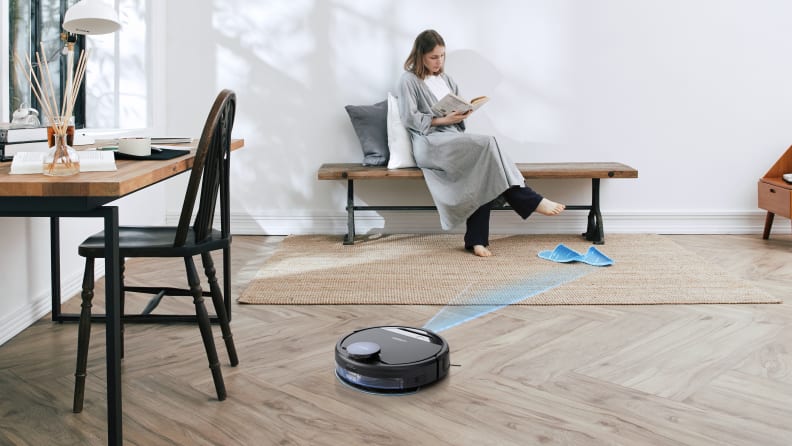
With an AI-drive camera, the Ecovacs Ozmo 960 can steer clear of objects.
You've probably heard about or seen the viral videos showing robot vacuums turning a localized doggy accident in a full-house nightmare. There are no models on the market that fully address this issue, but there is hope on the horizon. At CES 2019, we saw that Ecovacs is putting out a robot vacuum with a front-facing camera and AI that has object recognition.
Will one of the objects it recognizes be animal dung? One can only hope.
Okay, but what if my pets shed a lot? Like, a lot.
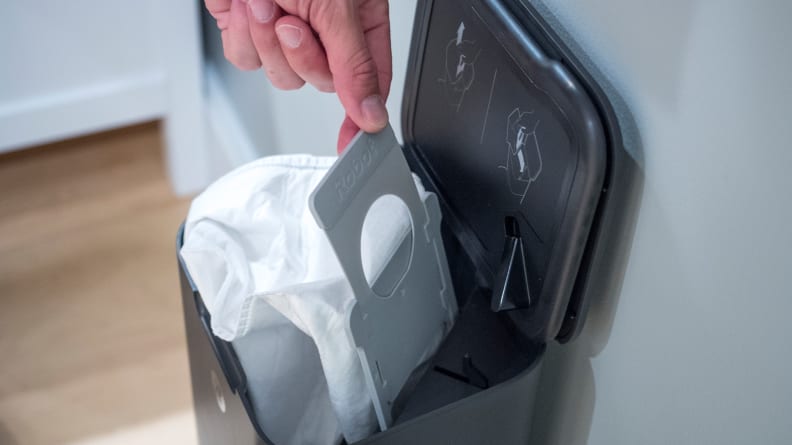
The charging base of the iRobot Roomba i7+ has a vacuum in it that places everything that's inside robot vacuum into a self-sealing bag.
If your house looks like the Wild West with doggy hair tumbleweeds rolling around, regular solutions will only get you so far. Though most vacuums will be fine, you'll likely find yourself having to empty your robot vacuum almost daily. Fur is way more voluminous than other common household debris, and robot vacuums just don't have a ton of capacity.
If the idea of constantly emptying a dust bin sounds unappealing, you should check out the iRobot Roomba i7+. It's actually two vacuums in one, with a second vacuum inside the dock that sucks up the debris from the vacuum into a special self-sealing bag.
If you run the vacuum every day, you should expect to empty and replace the bag once a month—though you may go through more bags if your dog is shedding seasonally. The bags are pricey at around $17 for three, but that's the cost of never having to touch, smell, or see what your robot vacuum picks up.
